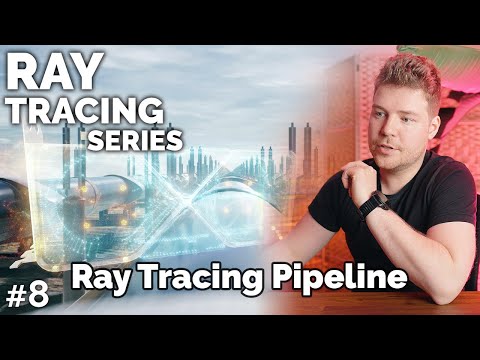Description:
Explore the fundamentals of the ray tracing pipeline in this 29-minute video tutorial. Learn how to restructure code to mimic the GPU ray tracing pipeline, implement key functions such as PerPixel/RayGen, TraceRay, ClosestHit, and Miss, and understand their roles in creating photorealistic digital imagery. Dive into practical implementations, including shading techniques and handling reflection rays, while focusing on performance optimization in C++. Gain insights into leveraging GPU power for efficient ray tracing algorithms, setting the foundation for advanced rendering techniques.

Introducing the Ray Tracing Pipeline - Ray Tracing Series
Add to list
#Computer Science
#Computer Graphics
#Ray Tracing
#Programming
#Programming Languages
#C Programming